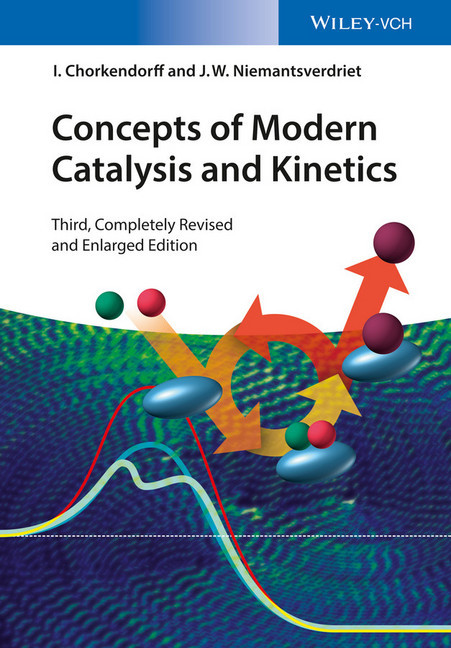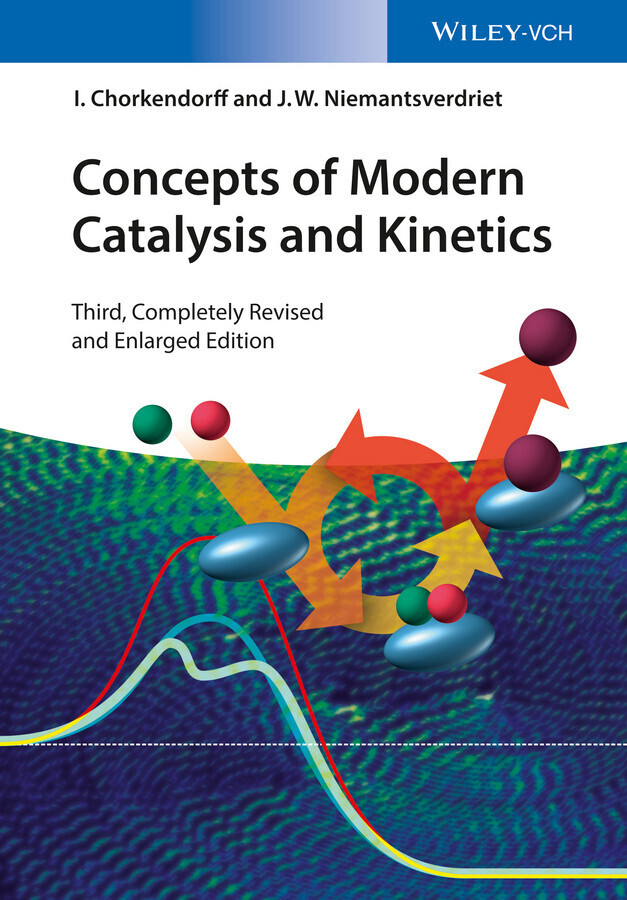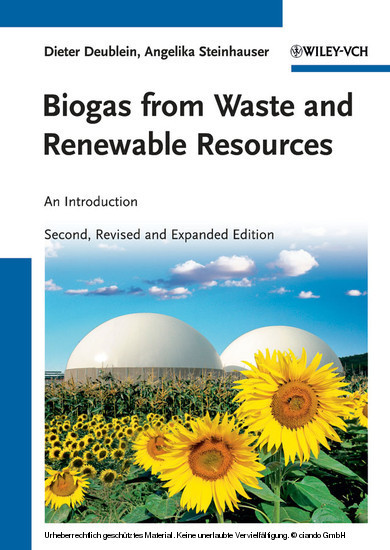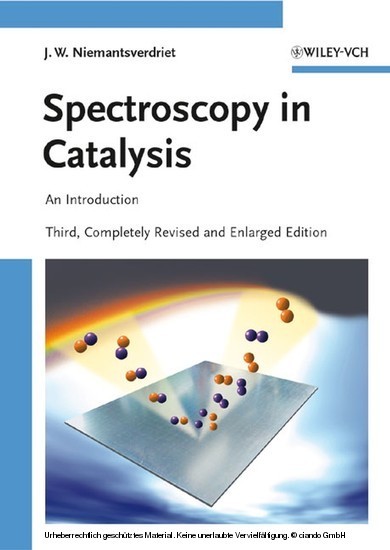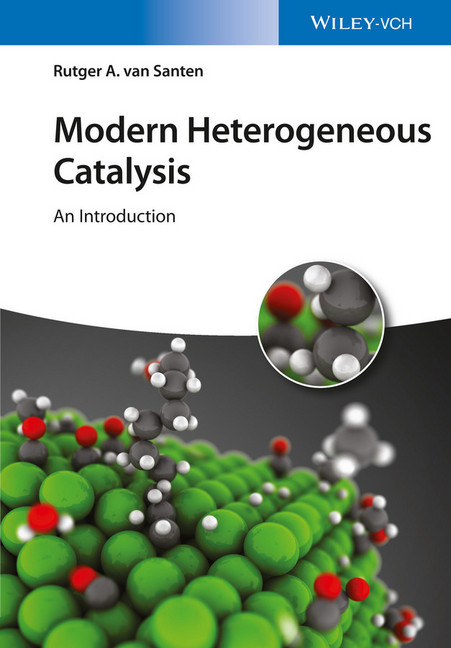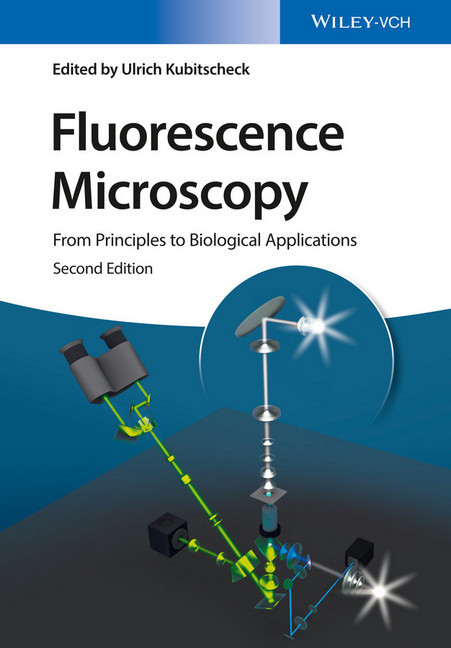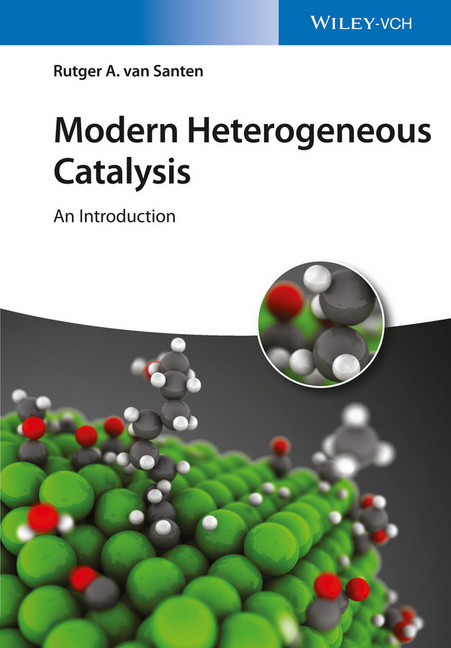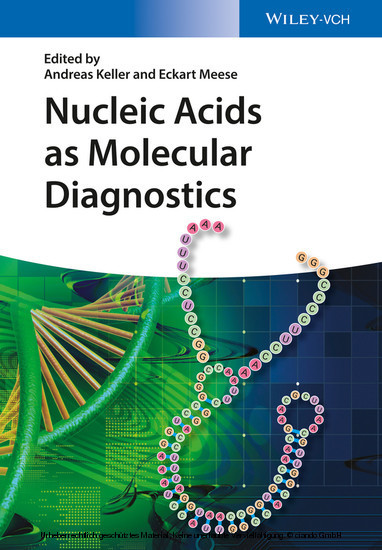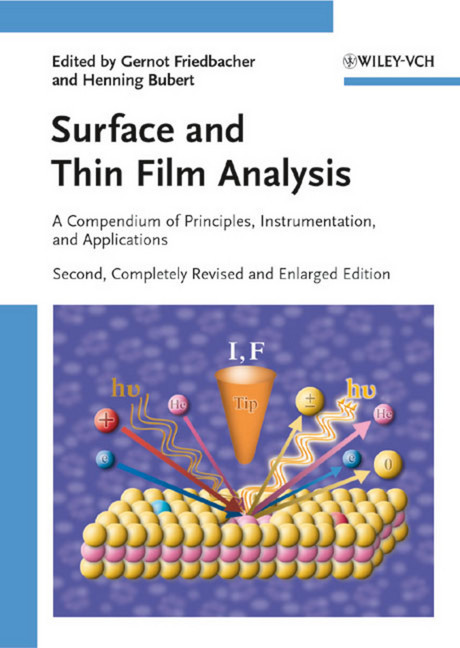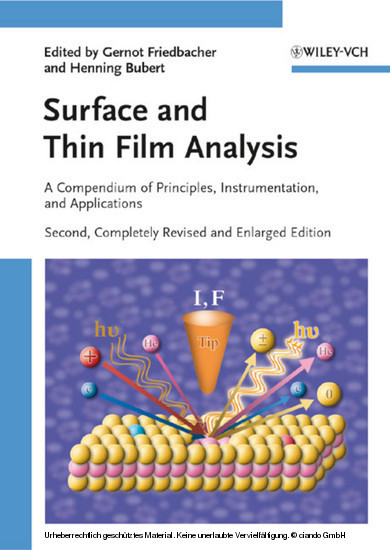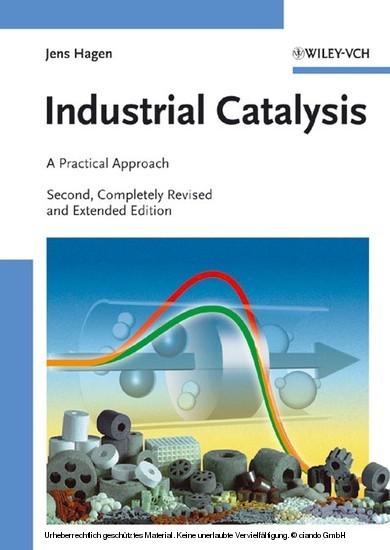Concepts of Modern Catalysis and Kinetics
In the past 12 years since its publication, Concepts of Modern Catalysis and Kinetics has become a standard textbook for graduate students at universities worldwide. Emphasizing fundamentals from thermodynamics, physical chemistry, spectroscopy, solid state chemistry and quantum chemistry, it introduces catalysis from a molecular perspective, and stresses how it is interwoven with the field of reaction kinetics. The authors go on to explain how the world of reacting molecules is connected to the real world of industry, by discussing the various scales (nano - micro - macro) that play a role in catalysis. Reflecting the modern-day focus on energy supplies, this third edition devotes attention to such processes as gas-to-liquids, coal-to-liquids, biomass conversion and hydrogen production.
From reviews of the prior editions:
'Overall, this is a valuable book that I will use in teaching undergraduates and postgraduates.'
(Angewandte Chemie - I. E.)
'...this excellent book is highly recommended to students at technical universities, but also entrants in chemical industry. Furthermore, this informative handbook is also a must for all professionals in the community.'
(AFS)
'I am impressed by the coverage of the book and it is a valuable addition to the catalysis literature and I highly recommend purchase'
(Energy Sources)
Ib Chorkendorff is Professor in Heterogeneous Catalysis and Director of the Danish National Research Foundation CINF (Center for Individual Nanoparticle Functionality), consulting Professor at SLAC, Stanford University and Director of The Villum Center for Science of Sustainable Fuels and Chemicals. He has been author and coauthor of close to 300 scientific papers and 16 patents.
Hans Niemantsverdriet is Emeritus Professor of Physical Chemistry of Surfaces of Eindhoven University of Technology (1989-2015, The Netherlands) and Honorary Distinguished Professor at Cardiff University (UK). Presently he is Director of the Research Institute SynCat@Beijing of Synfuels China Technology, Co., Ltd and his own Dutch research enterprise Syngaschem BV in Eindhoven. He coauthored almost 300 scientific papers and three books, and has served as Editor of the Journal of Catalysis (1996-2015).
From reviews of the prior editions:
'Overall, this is a valuable book that I will use in teaching undergraduates and postgraduates.'
(Angewandte Chemie - I. E.)
'...this excellent book is highly recommended to students at technical universities, but also entrants in chemical industry. Furthermore, this informative handbook is also a must for all professionals in the community.'
(AFS)
'I am impressed by the coverage of the book and it is a valuable addition to the catalysis literature and I highly recommend purchase'
(Energy Sources)
Ib Chorkendorff is Professor in Heterogeneous Catalysis and Director of the Danish National Research Foundation CINF (Center for Individual Nanoparticle Functionality), consulting Professor at SLAC, Stanford University and Director of The Villum Center for Science of Sustainable Fuels and Chemicals. He has been author and coauthor of close to 300 scientific papers and 16 patents.
Hans Niemantsverdriet is Emeritus Professor of Physical Chemistry of Surfaces of Eindhoven University of Technology (1989-2015, The Netherlands) and Honorary Distinguished Professor at Cardiff University (UK). Presently he is Director of the Research Institute SynCat@Beijing of Synfuels China Technology, Co., Ltd and his own Dutch research enterprise Syngaschem BV in Eindhoven. He coauthored almost 300 scientific papers and three books, and has served as Editor of the Journal of Catalysis (1996-2015).
1;Cover;1 2;Main title;5 3;Copyright page;6 4;Contents;7 5;Preface;15 6;List of Acronyms;19 7;1 Introduction to Catalysis;21 7.1;1.1 What Is Catalysis?;22 7.2;1.2 Catalysts Can Be Atoms, Molecules, Enzymes, and Solid Surfaces;24 7.2.1;1.2.1 Homogeneous Catalysis;25 7.2.2;1.2.2 Biocatalysis;25 7.2.3;1.2.3 Heterogeneous Catalysis;26 7.3;1.3 Why Is Catalysis Important?;29 7.3.1;1.3.1 Catalysis and Green Chemistry;29 7.3.2;1.3.2 Atom Efficiency, E Factors, and Environmental Friendliness;30 7.3.3;1.3.3 The Chemical Industry;31 7.4;1.4 Catalysis as a Multidisciplinary Science;36 7.4.1;1.4.1 The Many Length Scales of a "Catalyst";36 7.4.2;1.4.2 Time Scales in Catalysis;37 7.5;1.5 The Scope of this Book;38 7.6;1.6 Appendix: Catalysis in Journals;38 7.7;References;41 8;2 Kinetics;43 8.1;2.1 Introduction;43 8.2;2.2 The Rate Equation and Power Rate Laws;45 8.3;2.3 Reactions and Thermodynamic Equilibrium;48 8.3.1;2.3.1 Example of Chemical Equilibrium: The Ammonia Synthesis;51 8.3.2;2.3.2 Chemical Equilibrium for a Nonideal Gas;53 8.4;2.4 The Temperature Dependence of the Rate;55 8.5;2.5 Integrated Rate Equations: Time Dependence of Concentrations in Reactions of Different Orders;58 8.6;2.6 Coupled Reactions in Flow Reactors: The Steady State Approximation;61 8.7;2.7 Coupled Reactions in Batch Reactors;65 8.8;2.8 Catalytic Reactions;68 8.8.1;2.8.1 The Mean-Field Approximation;72 8.9;2.9 Langmuir Adsorption Isotherms;73 8.9.1;2.9.1 Associative Adsorption;73 8.9.2;2.9.2 Dissociative Adsorption;74 8.9.3;2.9.3 Competitive Adsorption;75 8.10;2.10 Reaction Mechanisms;75 8.10.1;2.10.1 Langmuir-Hinshelwood or Eley-Rideal Mechanisms;76 8.10.2;2.10.2 Langmuir-Hinshelwood Kinetics;76 8.10.3;2.10.3 The Complete Solution;77 8.10.4;2.10.4 The Steady State Approximation;78 8.10.5;2.10.5 The Quasi-Equilibrium Approximation;79 8.10.6;2.10.6 Steps with Similar Rates;80 8.10.7;2.10.7 Irreversible Step Approximation;81 8.10.8;2.10.8 The MARI Approximation;81 8.10.9;2.10.9 The Nearly Empty Surface;82 8.10.10;2.10.10 The Reaction Order;83 8.10.11;2.10.11 The Apparent Activation Energy;83 8.11;2.11 Entropy, Entropy Production, Auto Catalysis, and Oscillating Reactions;87 8.12;2.12 Kinetics of Enzyme-Catalyzed Reactions;93 8.13;References;0 9;3 Reaction Rate Theory;99 9.1;3.1 Introduction;99 9.2;3.2 The Boltzmann Distribution and the Partition Function;100 9.3;3.3 Partition Functions of Atoms and Molecules;103 9.3.1;3.3.1 The Boltzmann Distribution;103 9.3.2;3.3.2 Maxwell-Boltzmann Distribution of Velocities;106 9.3.3;3.3.3 Total Partition Function of a System;107 9.4;3.4 Molecules in Equilibrium;113 9.5;3.5 Collision Theory;120 9.5.1;3.5.1 Reaction Probability;124 9.5.2;3.5.2 Fundamental Objection against Collision Theory;125 9.6;3.6 Activation of Reacting Molecules by Collisions: The Lindemann Theory;126 9.7;3.7 Transition State Theory;127 9.8;3.8 Transition State Theory of Surface Reactions;133 9.8.1;3.8.1 Adsorption of Atoms;133 9.8.2;3.8.2 Adsorption of Molecules;138 9.8.3;3.8.3 Reaction between Adsorbates;141 9.8.4;3.8.4 Desorption of Molecules;143 9.9;3.9 Summary;144 9.10;References;0 10;4 Catalyst Characterization;149 10.1;4.1 Introduction;149 10.2;4.2 X-ray Diffraction (XRD);151 10.3;4.3 X-ray Photoelectron Spectroscopy (XPS);154 10.4;4.4 X-ray Absorption Spectroscopy (EXAFS and XANES);159 10.4.1;4.4.1 Extended X-ray Absorption Fine Structure (EXAFS);159 10.4.2;4.4.2 X-ray Absorption Near-Edge Spectroscopy (XANES);163 10.5;4.5 Electron Microscopy;164 10.6;4.6 Mössbauer Spectroscopy;168 10.7;4.7 Ion Spectroscopy: SIMS, LEIS, RBS;171 10.8;4.8 Temperature-Programmed Reduction, Oxidation, and Sulfidation;175 10.9;4.9 Infrared Spectroscopy;178 10.10;4.10 Surface Science Techniques;180 10.10.1;4.10.1 Low Electron Energy Diffraction (LEED);181 10.10.2;4.10.2 Scanning Probe Microscopy;184 10.11;4.11 Concluding Remarks;189 10.12;References;189 11;5 Solid Catalysts;193 11.1;5.1 Requirements of a Successful Catalyst;193 11.2;5.2 The Structure of Metals, Oxides, and
Chorkendorff, Ib
Niemantsverdriet, Johannes W.
| ISBN | 9783527691289 |
|---|---|
| Artikelnummer | 9783527691289 |
| Medientyp | E-Book - PDF |
| Auflage | 3. Aufl. |
| Copyrightjahr | 2017 |
| Verlag | Wiley-VCH |
| Umfang | 524 Seiten |
| Sprache | Englisch |
| Kopierschutz | Adobe DRM |

